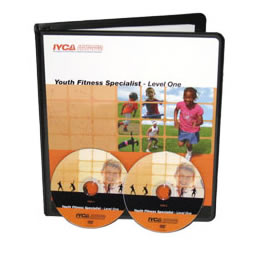Young Athletes & Coordination Series
Here is the third and final portion of ‘Young Athletes & Coordination’:
(3) Teenage Athletes Are ‘Too Old’
Now, while there is truth to the matter that many of the sensitive periods for coordination development lay during the preadolescent phase of life, it would be shortsighted to suggest that teenage athletes should not be exposed to this type of training.
Firstly, much of the training of coordination takes the form of injury preventative. Any sort of ‘balance’ exercise, for example, requires proprioceptive conditioning and increases in stabilizer recruitment. With ‘synchronization of movement’, large ROM and mobility work is necessary. ‘Kinesthetic differentiation’, by definition, involves sub-maximal efforts or ‘fine-touch’ capacity which is a drastically different stimulus than most young athletes are used to in training settings.
Beyond that, there is the matter of motor skill linking. According to Jozef Drabik, as much as 60% of the training done by Olympic athletes should take the form of non-direct load (i.e. non-sport-specific). To truly stimulate these rather advanced athletes however, one option, which is a standard during the warm-up phase of a training session, is to link advanced motor skills (coordination exercises) together creating a complex movement pattern.
For example:
Run Forward —> Decelerate —> 360 Jump —> Forward Roll —> Tuck Jump
Or
Scramble to Balance —> 1-Leg Squat —> A Skips —> Army Crawl —> Grab Ball/Stand/Throw to Target
In each of these patterns, we have represented:
- Spatial Awareness
- Synchronization of Movement
- Balance (dynamic and static)
- Movement Adequacy
- Kinesthetic Differentiation
- Rhythm
I have used warm-up sequences just like these with high school, collegiate and professional athletes from a variety of sports.
For More Young Athletes Examples on Coordination Training & Programming
Click Here —> https://iyca.org/fitspecialist1/


